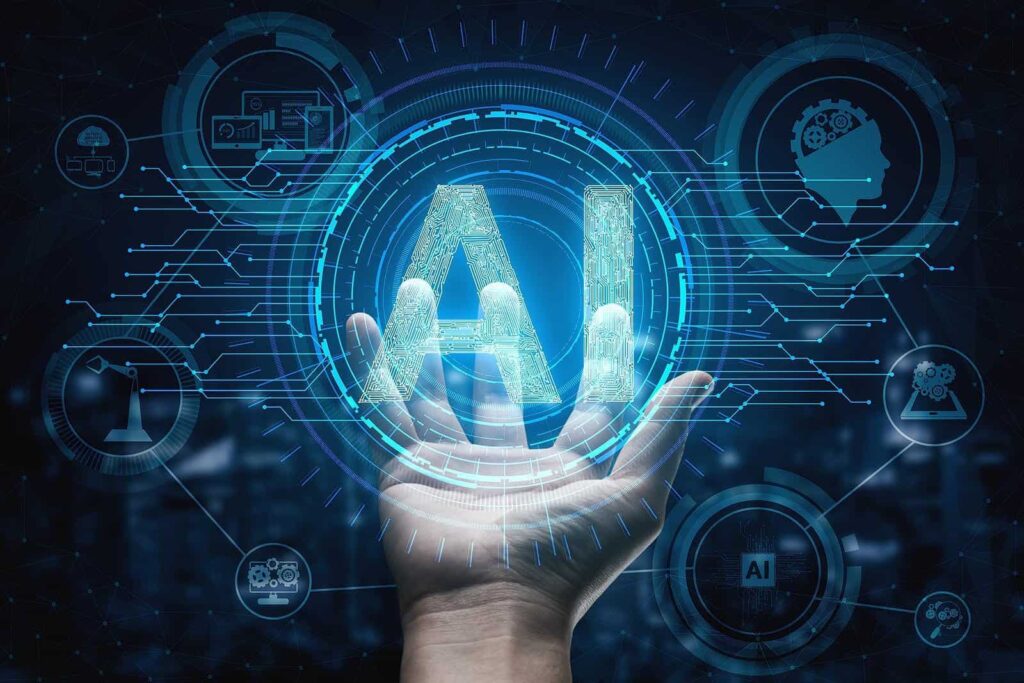
There’s something seductive about the instant answers.
You’re lying in bed at 11:48pm with that familiar ache in your chest — not sharp enough to name, not loud enough to panic, but persistent. A low hum of disconnection. Maybe it’s loneliness. Maybe it’s the weight of a day that didn’t quite go to plan. Or maybe it’s just the unsettling sense that you’re drifting away from something true.
Instead of sitting with it, you reach for your phone.
A chatbot asks, “How are you really feeling today?” It uses the right language, the right pacing. Or maybe it’s a reel — someone’s voice overlaying b-roll of a morning coffee — narrating a feeling that sounds exactly like yours. “This is what emotional burnout looks like.”
You nod along, relieved. Yes. That’s me.
And for a moment, it feels like connection.
In a world where therapy still feels out of reach for many — whether due to cost, culture, fear, or uncertainty — turning to something immediate and predictable makes sense. There’s comfort in having somewhere to take your feelings, even if it’s just an algorithm or a softly spoken voice on a screen.
But the more we rely on AI and algorithm-fed wellness content to meet our deeper emotional needs, the more we blur the line between recognition and restoration. Between being seen and being supported.
The truth? Real healing isn’t downloadable. It’s relational.
Why So Many Are Turning to AI & Social Media Instead of Therapy
We live in a time that romanticizes independence — a quiet kind of self-sufficiency that says you should be able to figure this out on your own. Couple that with economic barriers, long waitlists, and a general cultural discomfort with vulnerability, and suddenly AI and social media feel like lifelines.
They’re convenient. Private. Unjudging. You can close the tab whenever you like.
But they also feed the illusion that healing is just another self-help hack away. That with the right journaling prompt, the right affirmation, the right diagnosis-shaped content, we can get back to “normal.”
And often, the more we consume, the less we truly engage.
We scroll to soothe. We click to avoid. We binge to feel less alone — but still don’t feel connected.
In a world saturated with emotional content, it’s surprisingly easy to remain emotionally distant from ourselves.
1. AI Can Reflect Language — But Not Presence
A chatbot might ask thoughtful questions. It might mirror back what you’ve typed with gentle empathy. But it won’t notice the tremble in your voice. It doesn’t sit in silence with you. It can’t feel the moment you finally say something out loud that you’ve never admitted — not to anyone.
Human support works in the in-between spaces: the micro-pauses, the subtle shifts in body language, the emotional weight you carry that you don’t yet have words for.
AI, no matter how refined, can’t hold you in that space. It can only process you.
And if you’ve ever sat with someone who just let you be — without fixing or rushing or scripting — you know the difference it makes.
The therapeutic relationship isn’t just about dialogue. It’s about resonance — that deeply human sense of being felt, not just heard.
2. Mental Health Content Validates — But It Doesn’t Transform
There’s a whole subculture of therapeutic language on TikTok and Instagram now — from trauma responses and emotional flashbacks to inner child work and attachment styles. On the surface, this democratization of information is powerful. It gives people words for things they’ve long internalised as shame or character flaws.
But there’s a risk in staying too long at the surface.
We start to mistake explanation for evolution. Knowing why we do something is helpful — but it’s not the same as learning how to do it differently.
And if we only surround ourselves with content that reflects our pain, we might unintentionally keep that pain alive by looping it back to ourselves.
It’s one thing to feel seen by content. It’s another to feel met by someone.
And even more challenging — but necessary — is learning how to meet ourselves in ways that aren’t performative, curated, or confined to 60-second reels.
3. Self-Diagnosis Is Comforting — But Can Be Limiting
It’s human nature to seek patterns. When life feels confusing or heavy, putting a label to our experience brings relief. It gives us something to hold onto. And so, we scroll and click and read, trying to match our experiences with whatever emotional blueprint feels closest.
“This is what burnout looks like.”
“These are signs of nervous system dysregulation.”
“If you do this, it might mean you’re emotionally avoidant.”
At first, it feels empowering. But over time, these labels can become identities. We stop exploring and start organising — sorting ourselves into tidy boxes that, while familiar, don’t always reflect the whole story.
What begins as self-understanding can quietly become self-limiting.
True therapy or coaching challenges this by asking: What else could be true here? What’s underneath this story? Not to deny our experiences — but to expand them.
Because you are not a diagnosis. You are a dynamic being, shaped by context, connection, and choice.
4. AI Doesn’t Know You — It Knows Patterns
Unlike a therapist or coach who remembers where you hesitated last session or how your voice dropped when talking about your father, AI only knows what you tell it. It doesn’t connect this week’s uncertainty with last month’s avoidance. It doesn’t hold context, nuance, or evolving insight.
And yet, many people form emotional attachments to AI tools because they offer consistency. Predictability. Safety.
But those are not substitutes for intimacy. Emotional safety in human relationships is forged through time, trust, and shared presence — not perfect scripting.
In some ways, we’ve traded real connection for digital familiarity — something that mimics presence, but lacks depth.
And over time, that can make us more emotionally disconnected, even as we become more psychologically literate.
5. We Confuse Exposure with Integration
There’s a subtle trap that happens when we consume hours of therapeutic content. We start to believe we’re doing the work — because the language feels familiar. We start using terms like “trauma response,” “boundaries,” and “inner child” with fluency, even if we’ve never sat in silence with ourselves long enough to feel what those words point to.
We intellectualise what needs to be felt.
We skim instead of sit.
The work — the real work — often begins when we step out of knowing and into feeling. Not alone, but witnessed. Not managed, but metabolised.
Healing isn’t about collecting concepts. It’s about learning to relate to yourself differently — and having someone there to help when it gets hard.
So… What Can AI Actually Offer?
Let’s not throw the whole thing out. AI and social media have their place — especially in improving access, reducing stigma, and introducing therapeutic concepts to wider audiences.
They can help you:
- Name your emotions
- Begin exploring your inner world
- Locate resources or find the right support
- Understand general patterns of behaviour
- Ground yourself with practical, immediate tools
But they are stepping stones — not destinations.
They’re maps, not the journey itself.
And in the hands of someone self-aware, they can be useful companions. But we need to be discerning. We need to know when we’re seeking support — and when we’re avoiding it.
Reflections of Wisdom
We’re not broken for wanting fast answers. For reaching out in the quiet hours to something, anything, that makes us feel less alone.
But there’s a difference between being comforted and being changed.
Therapy, coaching, human support — they ask more of us. But they also give more back. They walk with us into the grey, the murky, the complicated corners we’d rather not face alone. And in doing so, they remind us of something AI can never offer:
That we are not problems to be fixed, but stories to be held.
Let the tools support you, yes.
But let the real work — the meaningful, alive, uncomfortable, beautiful work — be human.
By ThriveAlly
Human-first healing. Real conversations. Real support.



Leave a Reply